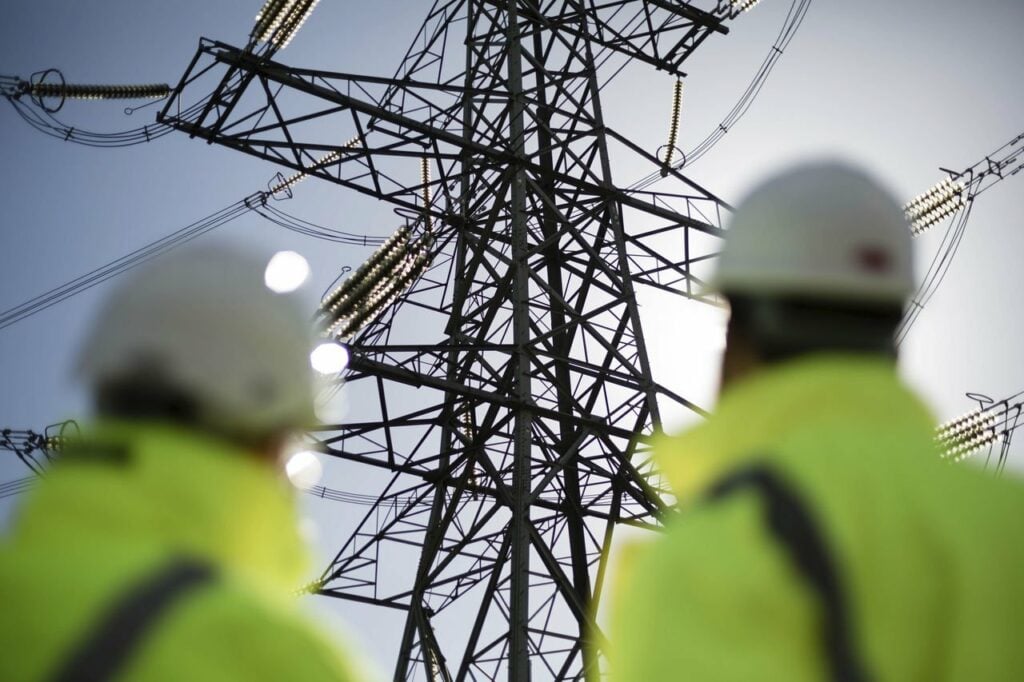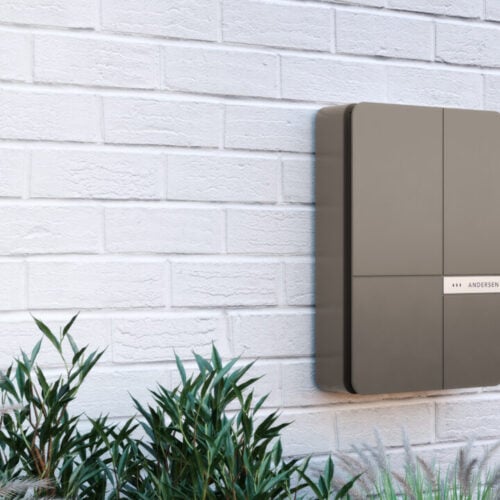Two gas turbines at Triton Power’s Deeside Power Station have been repurposed to provide inertia and reactive power to National Grid ESO.
In what the operator said was a world first power system stability contract, the turbine rotors will provide standalone system support services without generating any electricity.
The power station originally consisted of two Alstom 13E2 gas turbines, two CMI Heat Recovery Steam Generators HRSG and an Alstom steam turbine, but these were shut down in March 2018 and have been sat in preservation since then.
On Friday 18 June, the two gas turbines began providing inertia and reactive power, helping to keep the electricity system running at the right frequency. It follows Triton Power being awarded the six-year stability contract by National Grid ESO in January 2020, along with four other companies awarded contracts.
Inertia was traditionally a by-product of the kinetic energy in the spinning aspects of traditional fossil fuel power stations. As the country increasingly moves away from power sources like coal towards renewables, there is an increasing need to separately procure inertia to ensure the stability of the grid.
The ESO has procured the equivalent of around five coal-fired power stations worth of inertia through its stability tender, saving consumers £128 million over six years, it said.
Julian Leslie, head of Networks at National Grid ESO, said the transformation of Deeside Power station was “incredibly exciting” and that innovations like it were “cheaper and greener than the alternative, reducing emissions and saving money for electricity consumers.
“Our stability pathfinder – creating a market for inertia and other stability services – is the first of its kind anywhere in the world and is a huge step forward in our ambition to be able to operate the GB electricity system carbon free by 2025.”
Work began in March 2020 to repurpose the Deeside Power Station gas turbines with specialist turbine blocks designed, manufactured and installed at the site. Seven people have been recruited by Triton to manage operations at the plant, including a number of engineers who had worked there previously.
Mick Farr, chief executive officer at Triton Power, said that the conversion of the ageing power plant is “what the energy transition is all about”.
“It is so satisfying to see the same assets reused in a way that enables the transition and can be considered recycling in its purest form,” he added.
The site is the latest in a string of inertia developments to come out of the ESO’s pathfinder contracts. This includes Welsh Power installing a synchronous condenser and flywheel at its site at Rassau in Ebbw Vale site, which is expected to be operational by autumn 2021.
Statkraft was awarded a contract for the development of two “Greener Grid Parks” in Liverpool and Keith, Scotland. GE’s Rotating Stabilizer synchronous machines will be used in Keith to help provide stability services.
Additionally, Drax has now started providing inertia through its Cruachan hydroelectric pumped storage plant. The final inertia contract was awarded to Uniper, which announced that Siemens Energy had been appointed to deliver rotating grid stabilisation technology at Killingholme in Lincolnshire and Grain in Kent in December, where it is repurposing steam turbines and flywheels.






